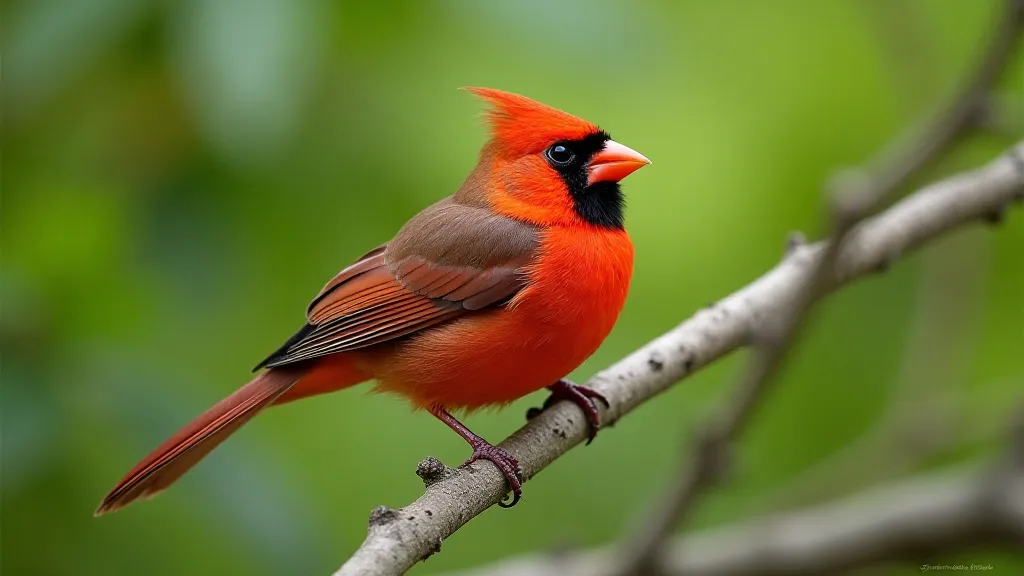Wingspan: Attracting Birds and Building Your Habitat
Wingspan, designed by Elizabeth Hargrave, has taken the board game world by storm. Combining beautiful artwork, engaging gameplay, and a surprisingly relaxing feel, it’s a game that appeals to both seasoned gamers and newcomers alike. This guide will delve into the intricacies of Wingspan, focusing on habitat building, bird acquisition, and strategies for maximizing your score. Let's explore how to create a flourishing avian ecosystem!
Understanding the Core Mechanics
At its heart, Wingspan is an engine-building game. You're a bird enthusiast, striving to attract the best birds to your wildlife preserves – one in North America, one in Europe, and one in Oceania. Each preserve has three habitats: Forest, Grassland, and Wetland. These habitats dictate the actions you can take on each turn.

Habitat Building: The Foundation of Your Success
The order in which you build your habitats is crucial. Generally, it's beneficial to focus on building all three habitats in the North America preserve first. This allows you to consistently take all three action types. After that, Europe and then Oceania become priorities. As you play bird cards, they are placed in these habitats. Each habitat can hold a limited number of birds, so careful planning is essential.
Consider the bird powers associated with each habitat. Many birds offer "when played" or "when activated" abilities that benefit the habitat they're in. Strategically placing birds with synergistic powers can create powerful chains of actions. This interplay of strategies is reminiscent of the delicate balance required in cooperative games – much like the complex decision-making needed to save humanity in Pandemic.
Bird Acquisition: Beyond the Cost
Acquiring birds isn't solely about paying their food cost. The dice rolls needed for food can be a significant hurdle. Look for birds with abilities that manipulate the dice pool or allow you to gain food more efficiently. Birds that provide extra dice rolls are incredibly valuable.
Don’t underestimate the value of birds that offer bonus points for other birds in your preserve. These "tucker" or "niche" bonuses can drastically increase your final score. The careful planning and calculated risks involved in acquiring the right birds to build a thriving ecosystem speak to the importance of strategy, a concept deeply explored in games like Diplomacy, where negotiation and long-term planning are key to victory.
Scoring Bonuses: The Path to Victory
Wingspan features several avenues for earning bonus points:
- Bird Cards: Each bird card awards points based on its printed value.
- Eggs: Eggs on your birds contribute to your score, with the number of eggs being dictated by the number of birds in that habitat.
- Bonus Cards: Secret Bonus Cards guide your strategy, rewarding specific bird types, habitat configurations, or achievements.
- Round Goals: Public Round Goals are scored at the end of each of the four rounds, encouraging strategic habitat development and bird acquisition.
- Nests: The number of nests you have determines the points you will get from your eggs.

Advanced Strategies: Mastering the Ecosystem
Beyond the basics, truly mastering Wingspan involves understanding more nuanced strategies. The intricate web of bird powers, bonus cards, and round goals can feel overwhelming at first, but with practice, you’re able to identify the crucial synergies that lead to victory. The ability to adapt to changing circumstances, and to optimize your route to success, is paramount. Think of it like navigating a complex railway network – recognizing efficient paths and planning your moves in advance. This strategic thinking echoes the challenge of plotting the most efficient routes across continents, as seen in games like Ticket to Ride.
- Food Manipulation: Prioritize birds that allow you to re-roll dice or gain extra food.
- Egg Laying:** Actively lay eggs on your birds, especially in habitats where you’re struggling to find bird cards that are synergistic with the current goal.
- Bonus Card Synergy:** Tailor your strategy to fulfill your secret Bonus Card objectives.
- Bird Powers Combinations:** Look for birds with powers that interact positively with each other, creating powerful chains of actions.

Diving Deeper: Understanding Bird Habitats and Powers
The three habitats in Wingspan – Forest, Grassland, and Wetland – aren’t just abstract locations; they represent distinct ecological niches, each supporting unique bird species. Understanding the relationships between these habitats and the birds that thrive in them is key to maximizing your score. For example, birds in the Forest habitat might specialize in foraging for insects, while birds in the Grassland habitat might be expert seed eaters. Wetlands provide crucial breeding grounds and attract waterfowl.
The powers associated with each bird are often directly tied to its habitat. Birds placed in their preferred habitat tend to be more effective, triggering bonus actions and generating more eggs. Careful consideration of habitat placement is therefore essential for optimal engine building. Many bird powers grant benefits when activated in specific habitats, demanding careful planning and foresight.
Navigating the Bonus Cards: Tailoring Your Strategy
Secret Bonus Cards are the unseen hand guiding your strategy in Wingspan. These cards, kept hidden from your opponents, represent long-term objectives that reward specific achievements. They might encourage you to focus on a particular bird type, such as raptors or shorebirds, or to establish a certain number of nests in a specific habitat. Successfully fulfilling a Bonus Card can significantly boost your final score, but it also requires a degree of flexibility and adaptability.
The Round Goals, displayed publicly at the start of each round, introduce a layer of immediate pressure. These goals often incentivize specific actions, such as laying eggs or acquiring birds with particular traits. Balancing these short-term objectives with your long-term Bonus Card goals is a crucial skill.
Conclusion
Wingspan is a rewarding and engaging board game that offers a unique blend of strategy and relaxation. By understanding the core mechanics, focusing on habitat building, and acquiring birds strategically, you can maximize your points and create a thriving avian sanctuary. So, gather your dice, collect your birds, and embark on a journey to become the ultimate bird enthusiast!





